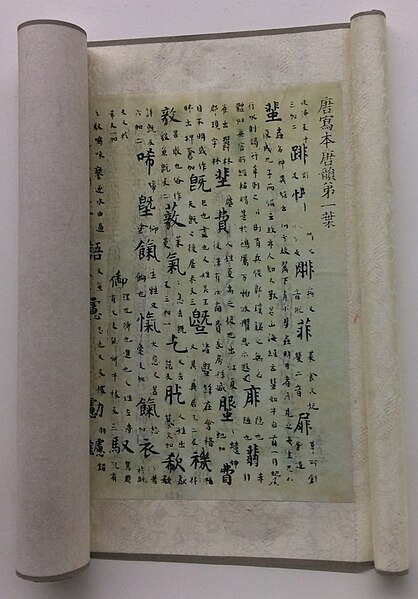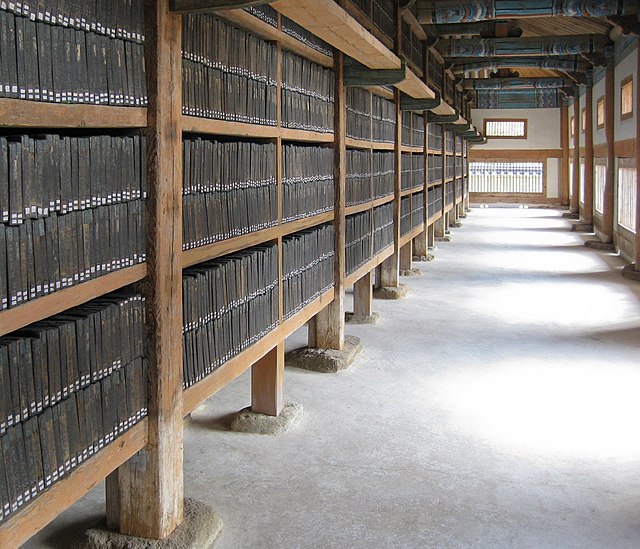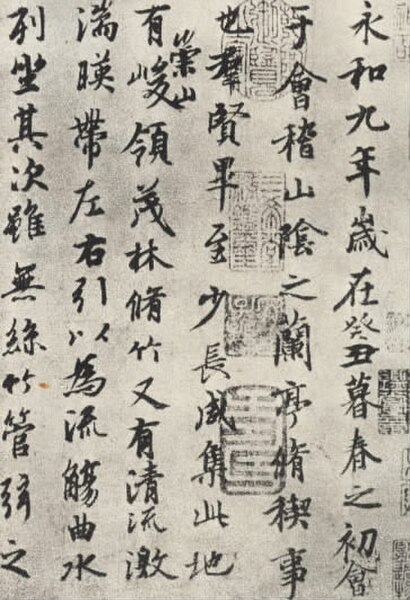Middle Chinese or the Qieyun system (QYS) is the historical variety of Chinese recorded in the Qieyun, a rime dictionary first published in 601 and followed by several revised and expanded editions. The Swedish linguist Bernhard Karlgren believed that the dictionary recorded a speech standard of the capital Chang'an of the Sui and Tang dynasties. However, based on the preface of the Qieyun, most scholars now believe that it records a compromise between northern and southern reading and poetic traditions from the late Northern and Southern dynasties period. This composite system contains important information for the reconstruction of the preceding system of Old Chinese phonology.
Part of the Tangyun, an 8th-century edition of the Qieyun dictionary
The start of the first rhyme class of the Guangyun (東 dōng 'east')
The first table of the Yunjing, covering the Guangyun rhyme classes 東 dōng, 董 dǒng, 送 sòng and 屋 wū (/-k/ in Middle Chinese)
Bernhard Karlgren
Chinese is a group of languages spoken natively by the ethnic Han Chinese majority and many minority ethnic groups in China. Approximately 1.35 billion people, or 17% of the global population, speak a variety of Chinese as their first language.
The Tripitaka Koreana, a Korean collection of the Chinese Buddhist canon
"Preface to the Poems Composed at the Orchid Pavilion" by Wang Xizhi, written in semi-cursive style






